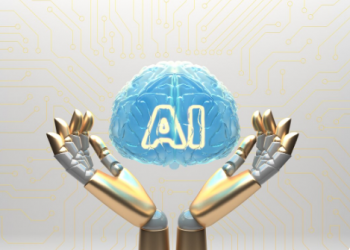1. Building a Foundation for Practical Use
Quantum Artificial Intelligence is no longer confined to academic journals or isolated research labs. The development of the quantum ai platform reflects a shift toward practical, scalable tools designed for businesses and individuals alike. This platform isn’t about abstract theories—it’s about creating an accessible environment where quantum-enhanced models can be trained, tested, and applied to real-world challenges. From finance to logistics, the foundation being laid today sets the stage for tools that will eventually be as familiar as traditional analytics software.
2. The Technical Architecture Behind the Platform
At the heart of a quantum AI platform lies a hybrid design: classical systems manage stability, while quantum processors handle highly complex operations. Variational Quantum Algorithms, quantum kernels, and specialized optimization routines form the building blocks. This layered approach ensures that the platform doesn’t collapse under the limitations of current quantum hardware. Instead, it adapts—delivering measurable improvements in data analysis, optimization, and problem-solving.
For users, this architecture translates into something straightforward: access to powerful computation without needing a PhD in physics. The platform abstracts away the chaos of qubit management and error correction, presenting a clean interface that focuses on results.
3. Expanding Applications Beyond Research
The true value of a quantum AI platform is how widely it can be applied. In healthcare, it accelerates molecular modelling to help discover potential treatments faster. In logistics, it balances supply chain variables with greater accuracy. In cybersecurity, it detects anomalies that slip past conventional systems. These aren’t distant dreams—they’re early projects already being piloted.
What makes this expansion remarkable is the platform model itself. Instead of one-off experiments, businesses can integrate quantum AI tools directly into their workflows, running them alongside familiar classical systems. Each successful test strengthens the case for broader adoption.
4. A Catalyst for Collaboration
No single company or research lab can carry the full weight of quantum AI development. That’s why platforms are essential. They create a common ground where developers, businesses, and researchers can build, test, and share. By standardising access, they reduce the barrier to entry and accelerate the cycle of innovation.
Global partnerships are forming around these platforms, blending expertise from quantum hardware developers, AI researchers, and industry specialists. The result is a shared ecosystem that doesn’t just advance theory but pushes tangible solutions into the marketplace.
5. Looking Ahead: Everyday Integration
The trajectory is clear. As platforms evolve, quantum AI will quietly embed itself into everyday tools. Financial analysts may run simulations through interfaces they already use. Supply chain managers will optimise routes with engines powered by quantum backends. Healthcare researchers will sift through molecular structures using familiar software dashboards, unaware of the quantum processes humming in the background.
The promise of these platforms isn’t about spectacle—it’s about integration. By blending into daily workflows, quantum AI platforms transform extraordinary computation into ordinary practice. That’s where their real impact will be felt.
FAQ: Quantum AI Platforms
Q: What is a quantum AI platform?
A: It’s a structured environment that allows users to access quantum-enhanced AI tools without managing the underlying physics or hardware.
Q: Who uses these platforms today?
A: Early adopters include financial institutions, logistics companies, research labs, and cybersecurity firms.
Q: Do you need special expertise to use them?
A: No. Platforms are designed to abstract away complexity, allowing businesses to use them with minimal technical barriers.
Q: How are they different from traditional AI platforms?
A: They integrate quantum computing to handle problems too complex for classical AI alone, offering improved optimization and deeper data analysis.
Q: When will these platforms become mainstream?
A: They are already being piloted. Wider adoption is expected as hardware improves and more industries discover practical benefits.









